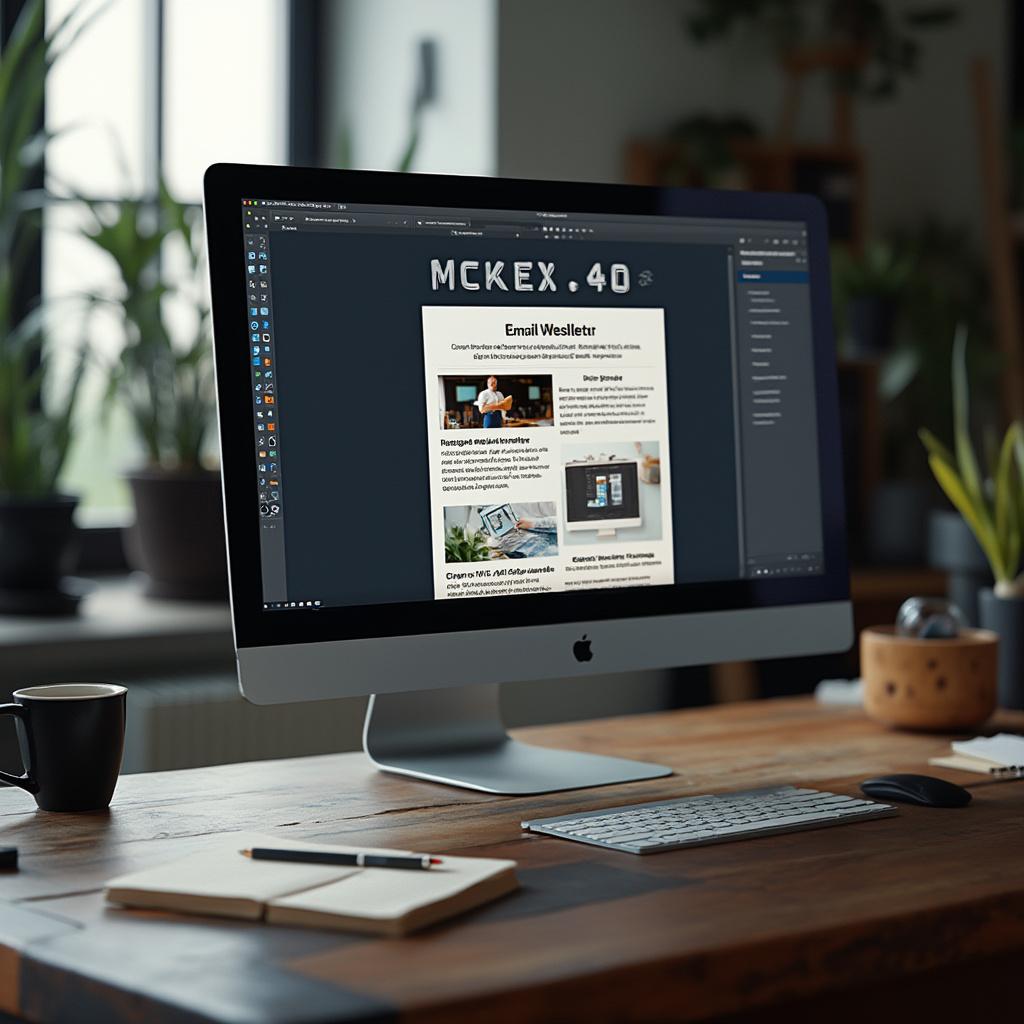
Email newsletters have evolved from a simple marketing trend into a cornerstone of modern digital strategy. They offer businesses a direct line of communication with their audience, nurturing relationships and driving engagement. Distribution involves building a quality subscriber base and ensuring emails avoid spam filters. Content should engage and be structured for easy reading, with key points, subheadings, and links for further actions. Newsletters like “NextDraft” engage audiences with curated news summaries and a unique voice, demonstrating the importance of content quality and ease of sharing across social networks or via email. A well-crafted email newsletter balances strong content with thoughtful distribution, delivering value to subscribers while supporting broader marketing goals. Keeping strategies data-driven and user-focused improves results consistently. Distribution and content are the twin pillars of a successful email newsletter strategy. Distribution focuses on building and maintaining a quality subscriber base, ensuring that emails reach the intended audience without being flagged as spam. This involves careful list management, avoiding spam filters, and monitoring deliverability rates to ensure your emails land in inboxes. Content, on the other hand, must be engaging and structured for easy reading. This means highlighting key points, using subheadings to break up text, and embedding links to encourage further actions or sharing. The content should be designed to resonate with your audience, whether through educational articles, curated news, or user stories, always prioritizing clarity, brevity, and actionable insights. One notable example is the “NextDraft” newsletter, which has mastered the art of engaging audiences. By curating daily news summaries, “NextDraft” makes each segment easily shareable, fostering a sense of community and encouraging subscribers to pass along content to their networks. This approach not only drives engagement but also expands the newsletter’s reach across social networks and email forwards. The success of “NextDraft” lies in its unique voice and the quality of its content. The newsletter demonstrates how a well-crafted email can balance strong content with thoughtful distribution, delivering genuine value to subscribers while supporting broader marketing goals. By keeping strategies data-driven, optimized, and user-focused, marketers can consistently improve their newsletter results and build lasting relationships with their audience. Creating a successful email newsletter requires a strategic blend of compelling content and effective distribution. By focusing on key elements such as a clear value proposition, strong subject lines, personalization, and high-quality content, marketers can build trust and engagement with their audience. Pairing these efforts with best practices like organic list growth, regular testing, and compliance with data privacy laws ensures long-term success. Ultimately, a well-crafted newsletter balances strong content with thoughtful distribution, delivering value to subscribers while supporting broader marketing goals. Continuous optimization and a user-focused approach will help marketers refine their strategies and build lasting relationships with their audience. The frequency of sending newsletters depends on your audience and goals. Avoid overwhelming subscribers, and align your schedule with the expectations set during signup. Test different frequencies and analyze engagement to find the optimal balance. Personalize newsletters by segmenting your audience based on behavior or demographics. Use dynamic content to tailor messages to different groups, and incorporate personalization tokens like names or location-specific information to enhance relevance. Avoid spam filters by using clear subject lines, avoiding spammy keywords, and ensuring your sender reputation is strong. Use a dedicated IP address, authenticate your emails, and regularly clean your subscriber list to improve deliverability. Track key metrics such as open rates, click-through rates, and conversion rates. Use A/B testing to refine subject lines, CTAs, and content formats. Monitor subscriber growth and engagement trends to assess performance and guide optimizations. Focus on offering strong incentives for signups, such as exclusive content or discounts. Promote your newsletter across multiple channels, and ensure your signup process is simple and accessible. Regularly share valuable content to retain and attract new subscribers.The Marketer’s Guide to Creating Great Email Newsletters
Key Elements of Effective Email Newsletters
Best Practices in Creating Great Newsletters
Distribution and Content: The Twin Pillars
Examples and Inspiration
The Importance of Distribution and Content Strategy
Real-World Examples of Successful Newsletters
Conclusion
Frequently Asked Questions
How often should I send email newsletters?
What are the best ways to personalize email newsletters?
How can I avoid having my newsletter marked as spam?
How do I measure the success of my newsletter?
What if my newsletter subscriber growth is slow?

 Ultimate Guide to Crafting High-Converting Email Newsletters for Marketers
Ultimate Guide to Crafting High-Converting Email Newsletters for Marketers
0 Comment